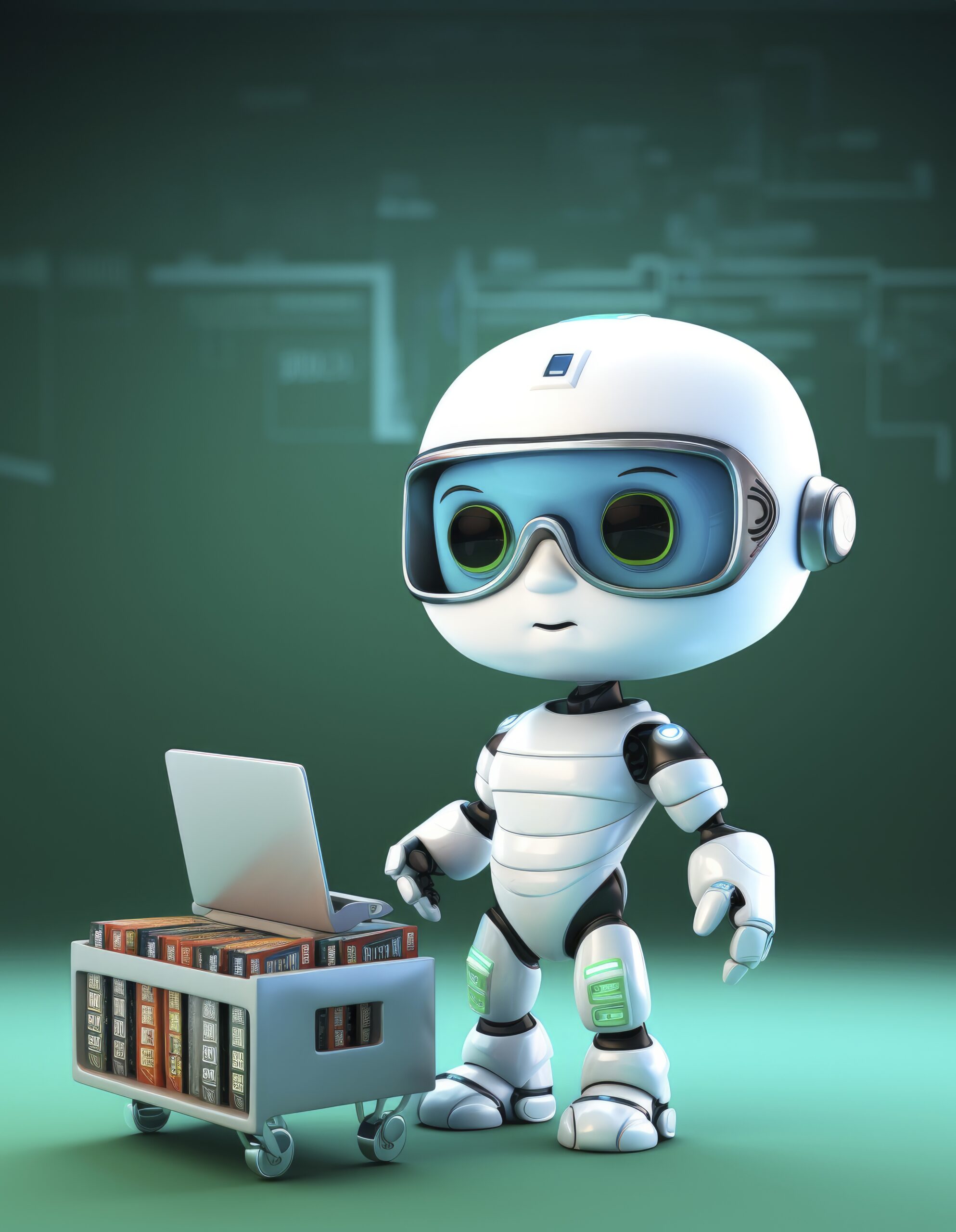Last minute Important Questions of Automation and robotics
Here are 20 important questions with detailed answers based on
Automation & Robotics:
1. What is Industrial Automation and its Classification?
- Industrial Automation refers to the use of control systems such as computers, robots, and information technology to manage industrial processes with minimal human intervention.
- Classifications:
- Fixed Automation: Used for high-volume production with fixed tasks (e.g., assembly lines).
- Programmable Automation: Used for batch production where machines can be reprogrammed.
- Flexible Automation: Allows real-time changes in production processes.
2. What are the Levels of Automation?
- Device Level: Involves individual actuators, sensors, and control loops.
- Machine Level: Includes CNC machines, robots, and PLCs.
- Cell or System Level: Groups machines together for production.
- Plant Level: Supervisory control of production lines.
- Enterprise Level: Integration of automation with business planning and logistics.
3. What is Industry 4.0? What is the Role of Smart Factories?
- Industry 4.0 represents the Fourth Industrial Revolution, emphasizing IoT, AI, automation, and real-time data.
- Smart Factories:
- Optimize production using AI and IoT.
- Enhance flexibility, efficiency, and reduce operational costs.
- Ensure real-time monitoring for better decision-making.
4. What are the Advantages and Challenges of Automation in Industry 4.0?
- Advantages:
- Reduces human errors.
- Increases efficiency and production.
- Enhances workplace safety.
- Challenges:
- High investment costs.
- Job displacement.
- Cybersecurity risks.
5. What are the Types of Automation in Production Systems?
- Fixed Automation: High initial cost, used for mass production.
- Programmable Automation: Suitable for batch production, allows product variations.
- Flexible Automation: Real-time changes, adaptable to product variations.
6. Explain Robotics Control Systems and Their Types.
- Open-Loop Control: No feedback mechanism, simple but less accurate.
- Closed-Loop Control: Uses feedback, higher precision.
- Hierarchical Control: Multi-layered decision-making system.
- Distributed Control: Multiple controllers working together.
- Adaptive Control: Modifies operations based on real-time data.
7. What are the Laws of Robotics?
- Asimov’s Laws:
- A robot must not harm humans.
- A robot must follow human instructions unless it conflicts with the first law.
- A robot must protect its own existence unless it conflicts with the first or second law.
8. What is Robot Anatomy?
- Components:
- Base: Foundation of the robot.
- Links & Joints: Provide movement.
- Actuators: Generate motion.
- Sensors: Provide environmental data.
- End Effector: Performs tasks like gripping or welding.
9. What is Forward Kinematics in Robotics?
- Definition: Determines the position of the end effector based on joint movements.
- Advantages:
- Essential for trajectory planning.
- Easier than inverse kinematics.
10. What are the Classifications of Industrial Robots?
- Based on Geometry:
- Cartesian
- Cylindrical
- SCARA
- Articulated
- Delta
11. Explain the Basics of Ladder Logic Programming.
- Used in PLCs, represented by:
- Rails: Power supply.
- Rungs: Logical operations.
- Contacts & Coils: Inputs and outputs.
12. What are the Key Elements of a CIM System?
- Computer-Integrated Manufacturing (CIM) combines:
- CAD, CAM, CNC, Robotics, and AI for production automation.
13. What is Group Technology (GT) and How Does it Support FMS?
- GT: Groups similar parts into families to standardize manufacturing.
- Benefits in FMS:
- Reduces setup time.
- Enhances flexibility.
- Improves efficiency.
14. Advantages and Challenges of Flexible Manufacturing Systems (FMS)?
- Advantages:
- Quick changeovers.
- Automated material handling.
- Challenges:
- High cost.
- Complex integration.
15. Compare Hardwired Control Systems and PLC-Based Systems.
- Hardwired:
- Uses relays and switches.
- Difficult to modify.
- PLC-Based:
- Software-based.
- Easier modifications and troubleshooting.
16. What are Transducers and Sensors?
- Transducers: Convert physical quantities to electrical signals.
- Types:
- Temperature (Thermocouples).
- Pressure (Strain Gauge).
- Displacement (LVDTs).
17. Compare Hydraulic, Pneumatic, and Electric Actuators.
- Hydraulic: High power, used in heavy machinery.
- Pneumatic: Fast, used in automation.
- Electric: Precise, used in robotics.
18. Factors to Consider for a Welding Robot?
- Payload, reach, accuracy, speed, safety, and integration with systems.
19. AC vs. DC Servo Motors in Robotics?
- DC Servo: High torque, simpler control.
- AC Servo: More efficient, lower maintenance.
20. Applications of Vision-Controlled Robotic Systems?
- Automated Inspection: Quality control.
- Assembly Lines: Automated part placement.
- Pick and Place: Sorting in logistics.

Pingback: 1ST YEAR AKTU PYQS (MATH 1) - Notes Gallery